Easter Cactus Care: Tips For Growing A Spring Cactus
Want to grow an Easter Cactus aka Spring Cactus? Here’s your guide to Easter Cactus care including what you need to know to keep it healthy and looking good.
The cheery Easter Cactus, or Spring Cactus as it’s commonly known these days, is sold in bloom throughout March and April. That bloom can extend well into May depending on the conditions your plant is growing in.
But wait, don’t give your cactus the old heave-ho after it’s done blooming. This beautiful succulent makes a splendid houseplant.
Easter Cactus is related to both the Christmas Cactus and Thanksgiving Cactus. You maintain the Easter Cactus in a similar way.
Botanical name: Hatiora gaertneri (sometimes seen as Rhipsalidopsis gaertneri, Schlumbergera gaertneri) Common Name: Easter Cactus, Spring Cactus
Growing a Spring Cactus
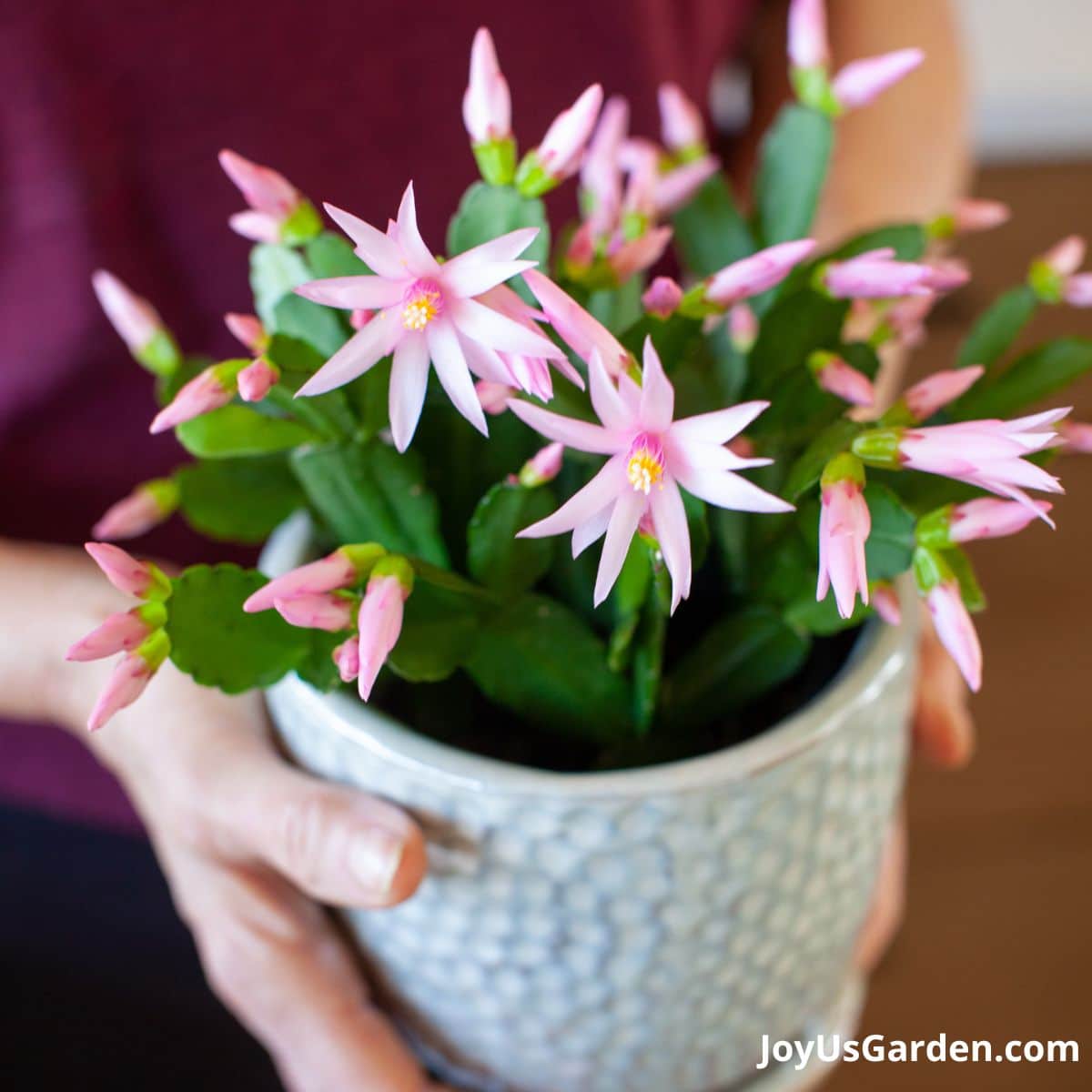
Size
Easter Cacti are most commonly sold in 4″, 6″, and 8″ pots. They grow to be 1′ x 1′. This is a long-lasting houseplant, so older ones (over ten years) can reach almost 2′ x 2′.
Easter Cactus Light Exposure
They do best in bright light with no direct sunlight. The hot sun will burn the fleshy leaves of a Spring Cactus.
Just to give you an idea, mine grows on a buffet table in my dining room with three large, east-facing windows. It sits about 8′ away from those windows, where it gets plenty of indirect sunlight (Tucson is known for its abundance of sunshine!).
Easter Cactus Water Requirements
Growing outdoors, they like bright shade. If you watch the video towards the end, the exposure on my covered side patio with northern exposure is ideal.
These are epiphytic cacti and differ from the desert cacti I’m surrounded by here in Tucson. In their natural environment in rainforest habitats, they grow on other plants and rocks, not in soil. Their roots need to breathe.
Give yours a good drink of water and let it thoroughly drain out of the pot. Make sure the plant goes dry before you water it again. You don’t want to keep the roots constantly moist, or they’ll eventually rot out.
Let the soil dry out in between waterings. How often you water depends on your home’s environment, pot size, and soil composition. I water mine in a 4″ pot every seven days in the warmer and fourteen days in the cooler months.
When your Easter Cactus is in bloom, water it more often. You don’t want this tropical plant to go completely dry at this time.
Looking for how to care for a Christmas Cactus? We got you covered; learn more here.
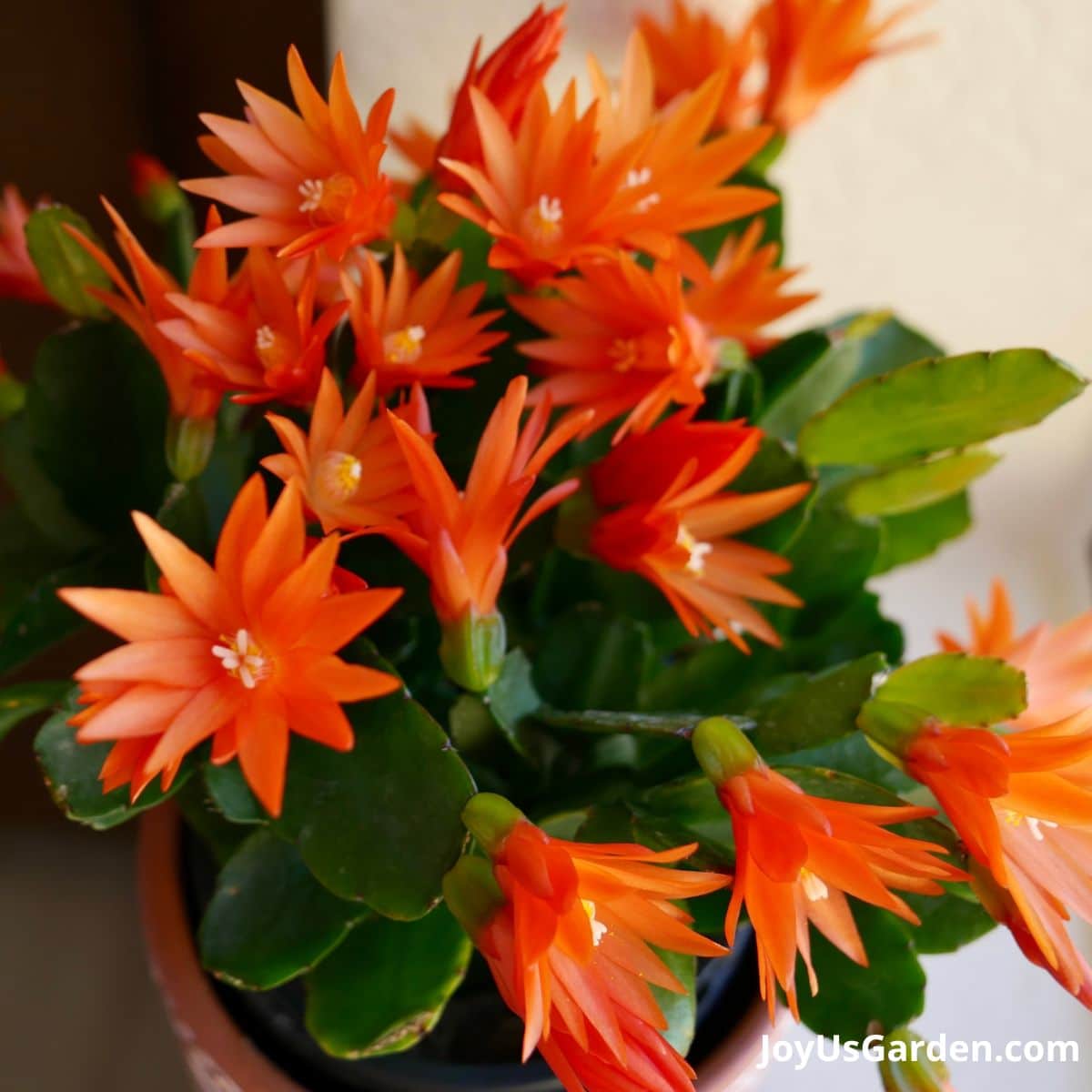
Temperature
They’re tolerant of a wide range of temperatures. If your house is comfortable, it’ll also be so for your Easter Cactus.
Just know that the warmer your house is, the quicker the blooming period will be. Keep them away from any heaters and, conversely, any cold drafts.
To set blooms, the evening temperature needs to be cool. Between 45 and 55 degrees F is best.
In temperate climates, they can grow outdoors all year long if kept out of the direct sun.
Humidity
This epiphytic cactus prefers humidity but does okay in our homes which tend to be drier.
I have this humidity meter in my dining room. It’s inexpensive but does the trick. If mine starts to look not as “plump” and a bit on the dry side, I run my Canopy humidifiers. The humidity reads low quite often here in the Arizona desert!
If you think yours look stressed due to lack of humidity, here are other things you can do. Use a pebble tray or fill the saucer your plant sits on with pebbles and water. Put the plant on the pebbles but ensure the drain holes and/or the bottom of the pot isn’t submerged in water.
Misting your plant a few times a week will help too. I like this mister because it’s smaller, easy to hold, and puts out a nice amount of spray. I’ve had it for over three years now, and it still works like a charm. I avoid misting the plant when in full bloom.
Do you have a lot of tropical plants? We have a whole guide on Plant Humidity that might interest you.
Easter Cactus Soil
Spring Cacti grow on other plants, rocks, and bark in their natural environments. They don’t grow in soil.
In nature, they feed off leaf matter and debris. This means they like a very porous potting mix that also has some richness to it.
I use mostly DIY Succulent and Cactus Mix, which is very chunky, and a bit of potting soil and compost mixed in. The DIY mix contains coco chips and coco fiber. This environmentally friendly alternative to peat moss is pH neutral, increases nutrient holding capacity, and improves aeration.
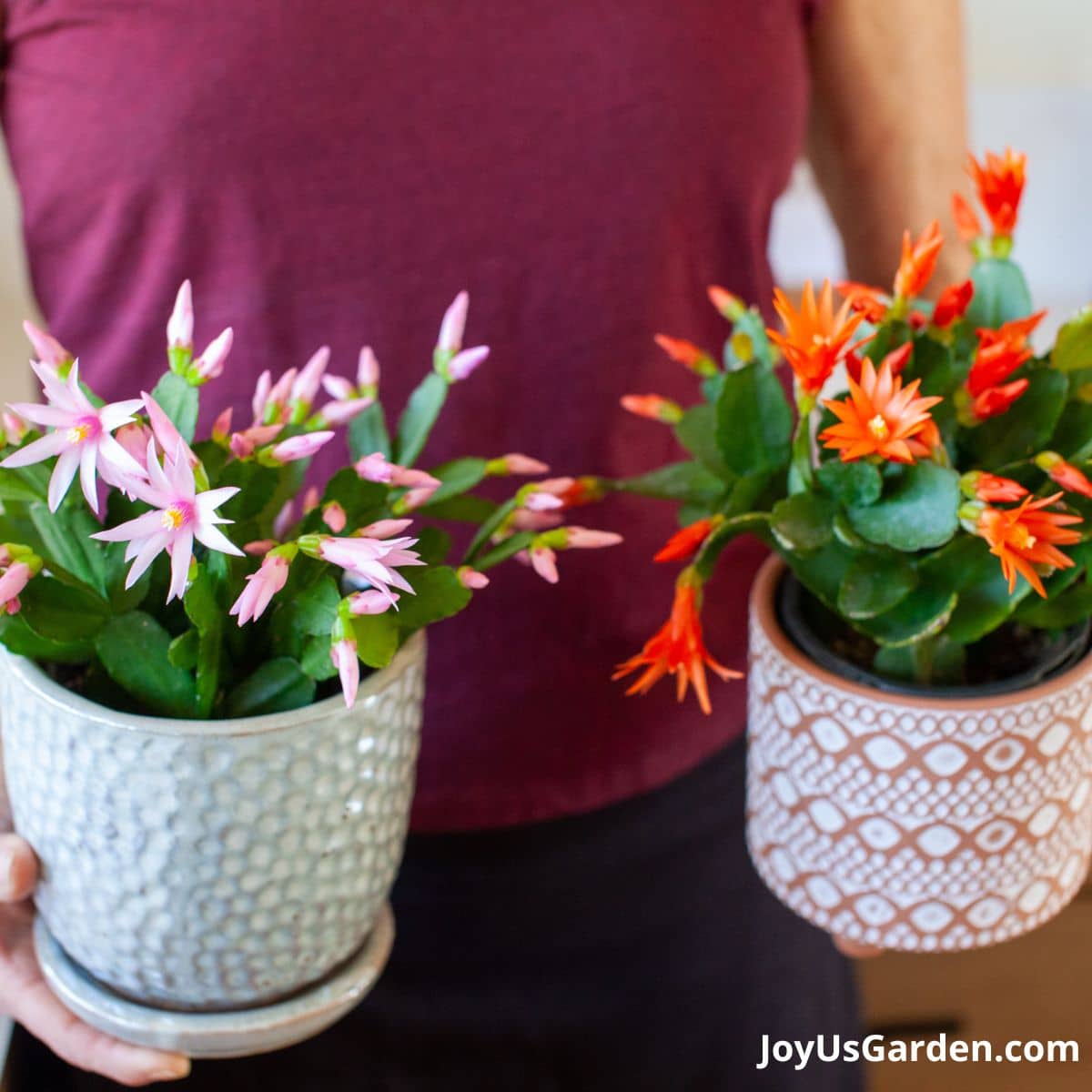
Repotting
An Easter Cactus doesn’t have a big root system. This plant does best when slightly pot-bound. I repot mine every 3-5 years.
If you repot yours, do it 1-2 months after the blooming is finished. Go up one pot size, for example, from a 4″ pot to a 6″ pot.
The steps to repotting a Christmas Cactus are the same as an Easter Cactus; find out how to repot yours with our Step-By-Step Guide.
Fertilizing
I give most of my houseplants a light application of worm compost with a light layer of compost over that every other spring. Easy does it – 1/4″ layer of each for a small-sized houseplant.
Easter Cactus appreciate feeding. You can use a balanced liquid houseplant fertilizer (such as 10-10-10 or 15-15-15)) in mid to late spring (starting about four weeks after it’s stopped blooming), summer, and end of summer.
I fertilize my Easter Cactus starting in May through October. We have a long growing season here in Tucson so my houseplants appreciate it. My current food of choice is Sea Grow which has a formulation of 16-16-16.
My friend used an all-around orchid fertilizer (20-10-20) on his Christmas Cactus and Thanksgiving Cactus once in spring, summer, and early fall, and they looked great. You would want to dilute it to 1/4 strength. Use 1/4 of the recommended amount of this fertilizer to water.
Wait until 4-6 weeks after your Spring Cactus has finished its blooming to fertilize. You want it to rest before hitting it with the good stuff!
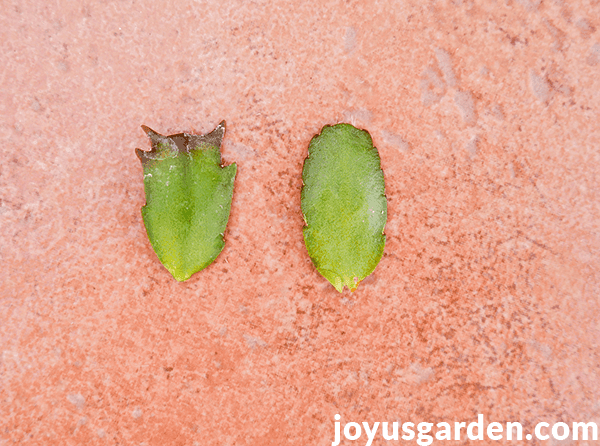
Pruning
Very little is needed. The only reason I’ve pruned mine is to shape or propagate it.
Propagating A Spring Cactus
Speaking of propagating, it’s very easy to do by either division or leaf cuttings. You can divide your plant into two if it’s big enough.
Take individual leaf cuttings by pruning the terminal leaf sections off. I prefer to twist them off, which is easy to do. I take a few sections, which to me, constitute a stem.
Then, I heal off the leaves or entire stems for around a week. Next, I plant them into a small pot filled with straight succulent and cactus mix with 1/2 of the end of the leaf sticking in. They start to root in a few weeks. After a couple of months, they’re set to go.
Take the whole leaves or whole segments – don’t cut the leaf section in half and propagate.
I find propagation is best done two months after flowering, in the summer or early fall months.
You propagate an Easter Cactus like a Christmas or Thanksgiving Cactus. We go into more detail on propagating via stem cuttings in this post on Christmas Cactus propagation.
Pests / Problems
Mine has never gotten any, but they are subject to mealybugs, spider mites, and maybe scale.
Root rot, a fungal disease, can be a problem too. You can avoid this by not overwatering and using a soil mix that is well-aerated and free draining.
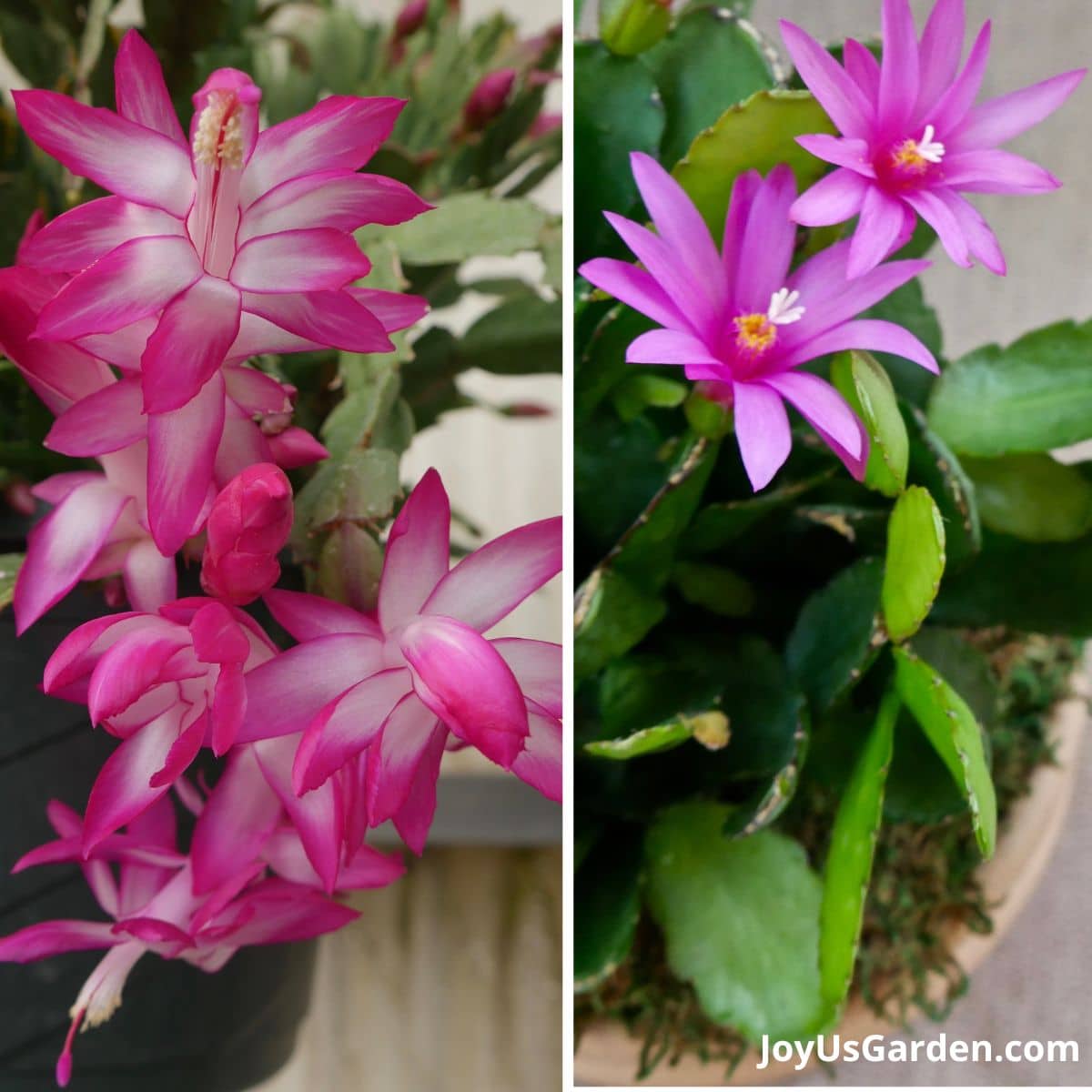
Easter Cactus Flowering
Oh yes, the Easter Cactus blooms are the big draw. They’re more star-shaped than the Christmas and Thanksgiving Cacti flowers shaped like shrimp or prawns.
You can find them in vibrant violet, pink, peach, red, orange, and that more peaceful Easter color, white. They close or partially close at night and then open back up in the morning. Each flower will last two to three weeks.
The growers time their blooming season to happen around Easter, in early spring. They’re mainly sold in March and April but can bloom well into or throughout May. The warmer your house is, the faster the flowers open and the shorter the overall bloom period.
Getting them to flower again is the same process as getting the Thanksgiving and Christmas Cacti to bloom, except the timing is different. In late winter, 6-8 weeks before you want your Spring Cactus to bloom, make sure it gets equal amounts of light and equal amounts of complete darkness each day.
Long nights are key. You can put it in a closet every night or place a bag or pillowcase over it if you don’t have a room with total darkness.
Keep your Spring Cactus drier at this time. Drier conditions help force them into dormancy. Water it every 3-6 weeks depending on the temps, the soil mix, and the size and type of pot it’s planted in.
Cooler temperatures at night (50-55F) are best. If your temps are warmer, it’ll most likely require a longer period of darkness.
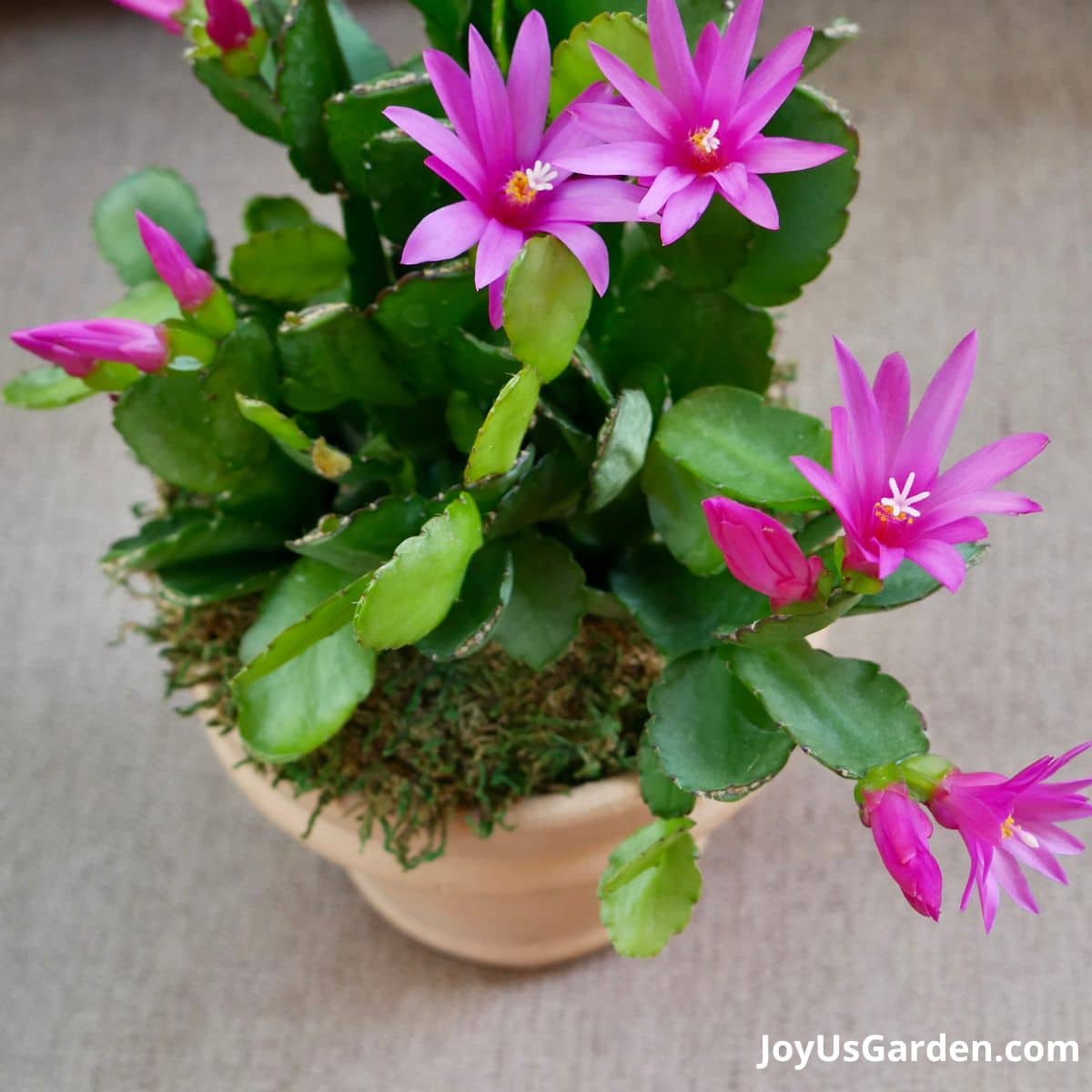
Want to learn more about How to Care for Succulents Indoors? Check out these guides!
Pet Safety
Yippee! These plants are considered to be non-toxic to cats and dogs. However, they can cause stomach irritation if your pet ingests the leaves or stems. I always consult the ASPCA for this information to see if the plant is toxic and in what way.
Spring Cactus Care Video Guide
Easter Cactus FAQs
First off, they have different genera and bloom at different times. Most plants sold in the trade under the label “Christmas Cactus” are Thanksgiving Cactus. Thanksgiving Cactus has the most notched leaves, followed by Christmas Cactus and then Easter Cactus.
On to the flowers. An Easter Cactus plant has star-shaped blooms, whereas a Christmas Cactus has larger, shrimp-like flowers. Both of these holiday plants are tropical epiphytic cacti, not desert cacti.
And, from what I’ve seen, Christmas Cactus plants ultimately get larger than Easter Cactus plants.
Full sun is fine, as long as it’s indirect light. A Spring Cactus will burn in direct sun. Don’t place it in a south or west window; 5′ to 8′ away is best.
Mine has always bloomed once per year. The flowers last for weeks and will go even longer if you keep the plant out of sun and heat. My Thanksgiving Cactus usually blooms twice per year.
It needs all the right conditions. Some common reasons are not enough light, inconsistent watering, and not enough complete darkness to set bloom. Easter Cactus need weeks of short days, long nights, and cool temperatures to flower.
I wouldn’t say they’re rare, but they can be hard to find. The Christmas Cactus is more popular and readily sold in the houseplant trade.
It’s easy. I usually do it by proposing an Easter Cactus by leaf or stem segments in a loose potting mix.
The spent blooms will eventually dry up and fall off. I end up twisting or pinching them off because I don’t like the look of dead flowers. So, feel free to twist off the spent flowers.

I encourage you to celebrate Spring, that season of new awakenings and vibrant pastels, with an Easter Cactus. The sweet flowers on these holiday cacti are sure to brighten your home!
Note: This post was originally published on 4/24/2018. It was updated on 3/11/2023 with more info & new images.
Happy gardening,
This post may contain affiliate links, you can read our policies here.


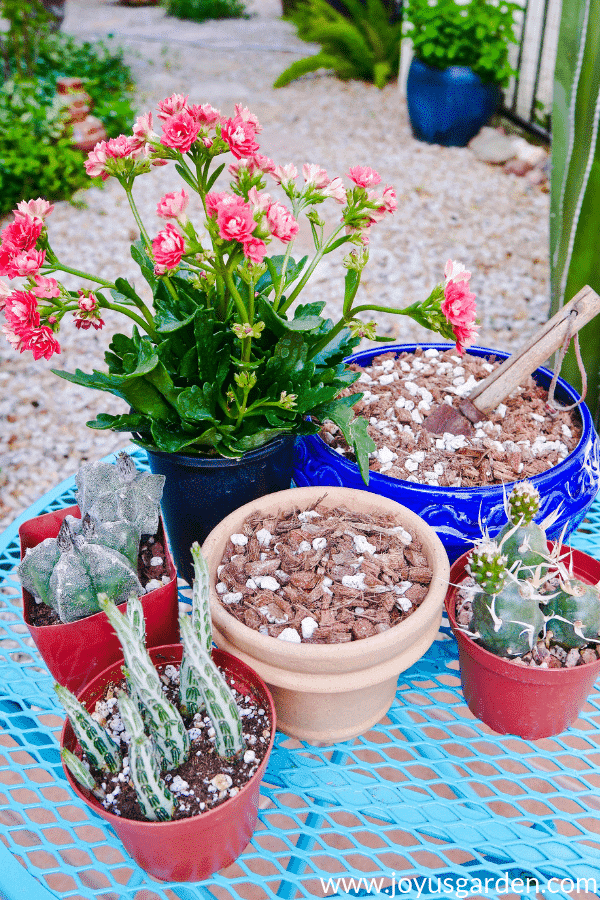

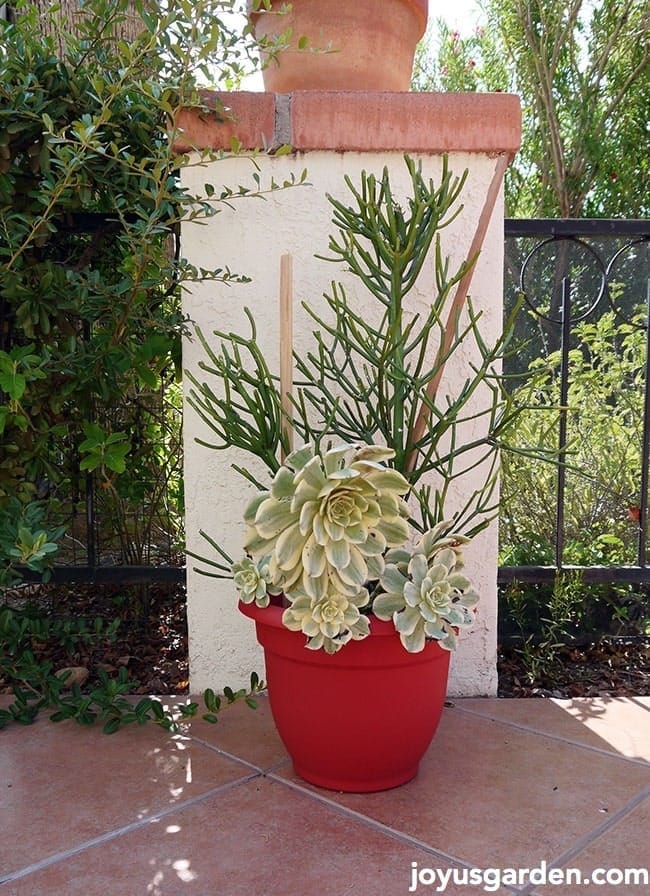

Why does the new growth drop off my spring cactus. It is next to Christmas cactus which is thriving. New leaf will appear and next thing it’s fallen off.
Hi Vera – I have both too. I’ve found that Easter Cactus can be a bit more temperamental than Christmas Cactus. My EC will drop a leaf if it’s too dry. Conversely, they can drop if too wet. Nell
My Easter Cactus has never bloomed since I bought it blooming have tried watering,not watering
Fertilizer still won’t bloom
Hi Brenda – They need the equal parts dark & light for around 8 weeks to set bloom. Just like poinsettias. You can find the explanation under “Flowering”. Nell
Hello Nell! Im curious how to repot my Easter cactus? It bloomed Christmas time which i thought was early and now its stop blooming. I wanted to transplant it now into a larger container. What should i do? Thanks?
Hi Jodie – Sometimes they bloom twice in 1 year (just like a Christmas Cactus) so you may want to wait until the end of April. I’m going to be doing a post & video on repotting my CC soon (they like the same mix) so you might want to check that out. Nell
Hi Nell,
I bought a huge Thanksgiving cactus at an estate sale a couple years ago. I’m curious how old it is. I haven’t been able to find information on that. It’s really woody and kinda all over the place and wild. I’m thinking it’s time to repot it. I got a pot 2″ up in size and I’m picking up some cactus mix today. And plan on tackling the job. I’ll take a before and after picture.
thanks, Kendra from Oregon
Kendra – In my post on Thanksgiving Cactus care, I said these plants can be very long lived. I just transplanted mine & filmed a video & will do a post. Coming within the next month! Nell
Where can I get spring cactus?
Hi Flora – I bought mine at a nursery in Phoenix. Check Ebay & Logee’s online. Nell
So…. I fear I have nearly killed my Spring Cactus from sheer neglect. Who kills a cactus from neglect?! This girl. That’s who. Now I don’t think it’s ALL dead. Just mostly dead. Is there anyway to revive it? Is there a Miracle Max for my poor cactus?
Hi Allison – Spring Cacti, along with other Holiday Cacti, are epiphytic cacti. They like watering more frequently than desert cacti. It’s hard to say not knowing if the roots are dead or not. You can try cutting it back & see if it rejuvenates. Nell
I bought my Easter Cactus two years ago and last year one flower and it not blooming yet but getting new leaves on it. I have try very thing to get it to bloom. What should I do?
Hi Cindy – Like the Christmas Cactus, it needs 6-8 weeks of 12-14 hours of complete darkness to set blooms. Nell